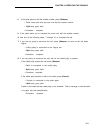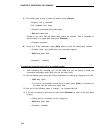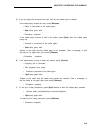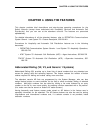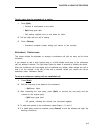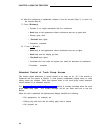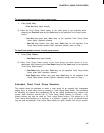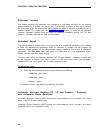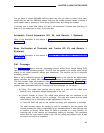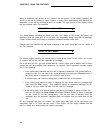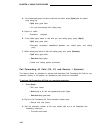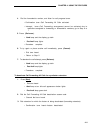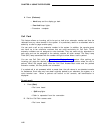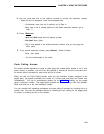
CHAPTER 4. USING THE FEATURES
Attendant Lockout
This feature prevents the attendant from reentering a multi-party call held on the console
unless recalled by a system user on the call. If an attempt to reenter a held call is denied,
the Hold lamp at the call appearance button flutters for about 2 seconds and then returns to
steadily lighted. This means that the Attendant Lockout feature is active for all attendant
consoles. Attendant Lockout does not apply to Individual Attendant Access (V2, V3, and
Generic 1 systems) calls that are held on the console.
Attendant Recall
This feature allows a system user on a 2-party call or a conference call held on the console
to recall the attendant for assistance. When an attendant is recalled, the call purpose, rc
(attendant recall), appears on the alphanumeric display, indicating that a user is requesting
assistance. The Pos Avail lamp goes dark, the Hold lamp at a call appearance button
flashes, and the attendant hears ringing.
If a hunt group call to an individual attendant (V2, V3, and Generic 1 systems) is being held
on the console, a system user who is active on the call cannot recall the attendant.
However, this user can transfer calls or make conference calls.
To answer the recall:
1.
Press the call appearance button where Hold lamp is flashing.
• Hold lamp goes dark.
• Atnd lamp lights.
• Ringing stops.
2. Answer the call, and assist the caller as necessary.
Automatic Alternate Routing (V2, V3, and Generic 1 Systems)
and Automatic Route Selection
Automatic Alternate Routing (AAR) selects the most-preferred route (normally, the most-
direct route) for private network calls.
Automatic Route Selection (ARS) selects the most-preferred route (normally, the least-
expensive route) for long-distance calls.
4-6



